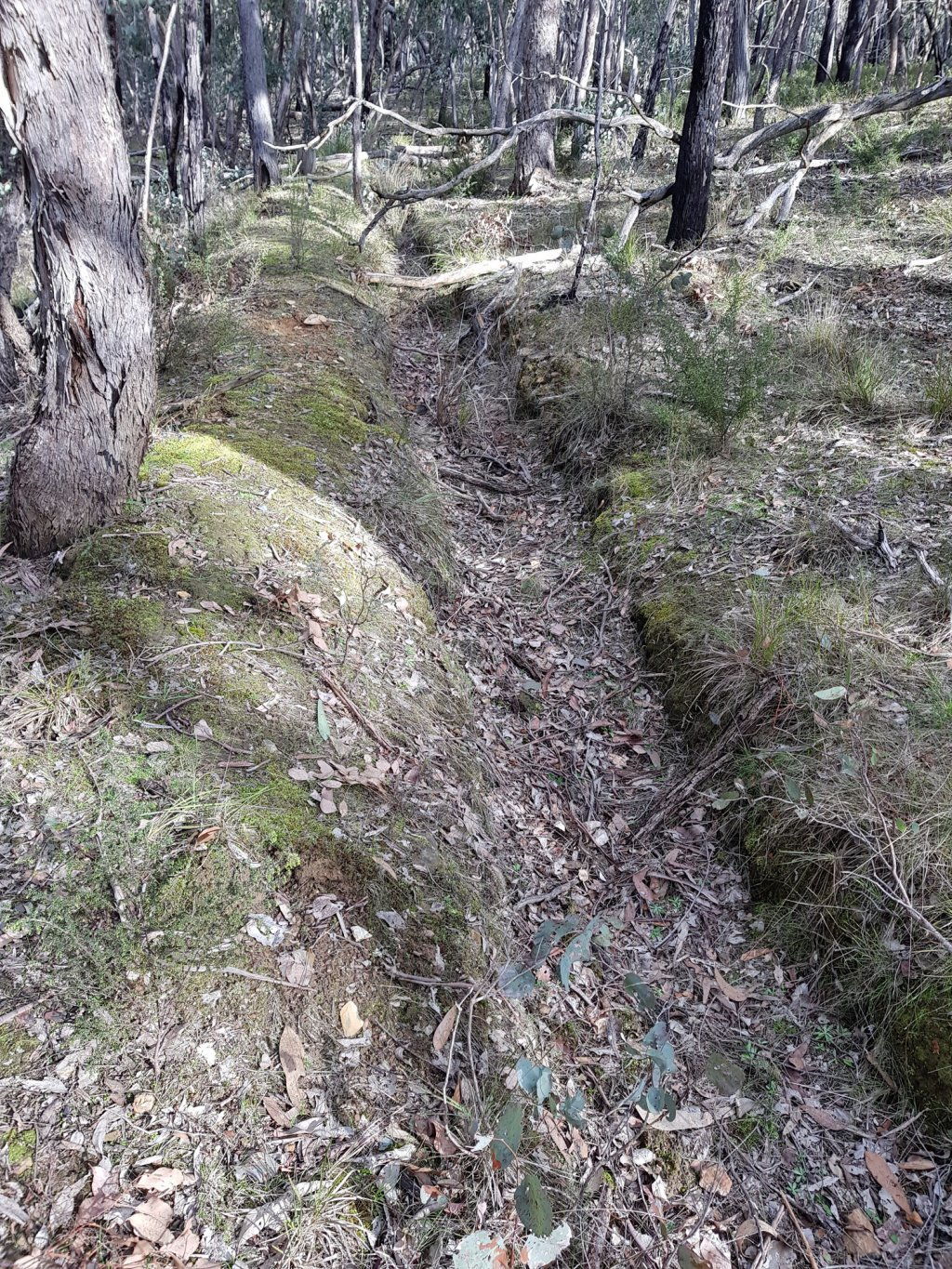Also remember that there were 10's of thousands 'rushing' some places in the Vic Goldfields. Everyone was clambering over each other meters apart digging their hole. It was a mad frenzie.
From what I understand most didn't find enough gold to live off and quickly abandoned their non paying hole.
If there was payable gold a hole extended longer or deeper following the gold.
As an example I believe there were up to 30,000 prospectors at Maryborough at one stage. Can you imagine the frenzie. Like locusts they moved from gully to gully swarming in, reaping what was to be had, and then swarming on to another patch. It could explain enormous numbers of non-connected holes. This is how I envisage it.
Would appreciate other people's views.
From what I understand most didn't find enough gold to live off and quickly abandoned their non paying hole.
If there was payable gold a hole extended longer or deeper following the gold.
As an example I believe there were up to 30,000 prospectors at Maryborough at one stage. Can you imagine the frenzie. Like locusts they moved from gully to gully swarming in, reaping what was to be had, and then swarming on to another patch. It could explain enormous numbers of non-connected holes. This is how I envisage it.
Would appreciate other people's views.






